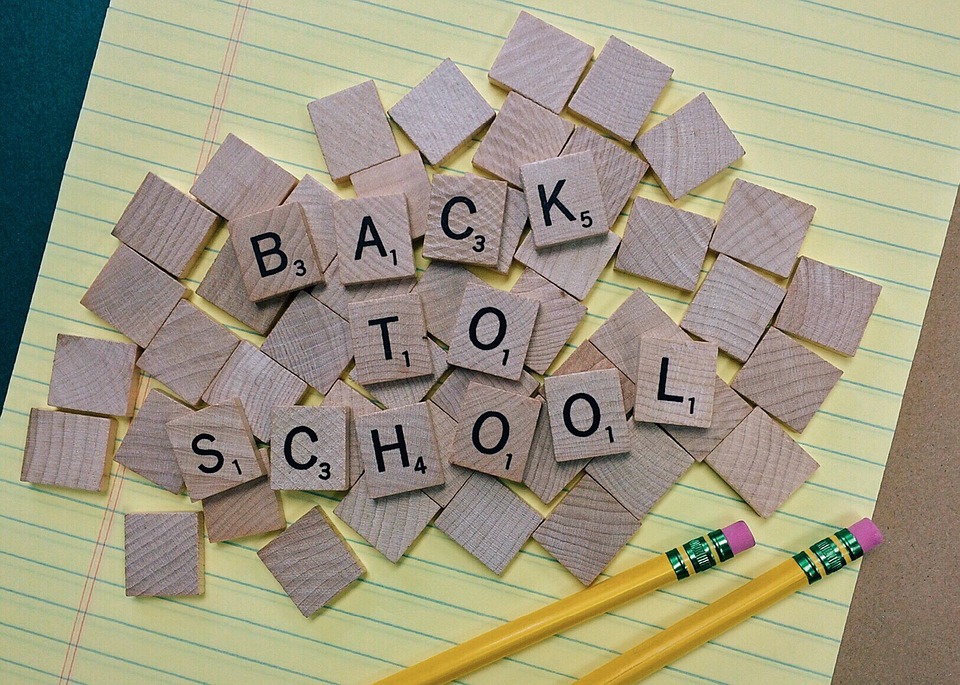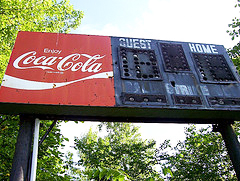 Since the advent of audience ratings, stations have been voraciously eager to find diarykeepers, and in recent years, meter holders. Zip code information is a helpful tool, providing information about where respondents are geographically located – whether they’re your fans or those your competitor.
Since the advent of audience ratings, stations have been voraciously eager to find diarykeepers, and in recent years, meter holders. Zip code information is a helpful tool, providing information about where respondents are geographically located – whether they’re your fans or those your competitor.
But once you have that information, what do you do with it? Inventive stations schedule events inside these zip codes or target marketing to these designated areas, whether it’s billboards, direct mail, or telemarketing. Those tactics can be effective, but they also play the odds that the combination of the right consumers and your station presence will connect at just the right time to influence listening behavior. This kind of street level activity isn’t always perfect, but at least it attempts to create gross impressions for stations in the right places.
Apart from radio, many big consumer brands are approaching their ground marketing efforts a little differently. While their end goals may not be the same as a typical radio station’s desire to impact ratings, the idea is to impact consumers where they live – and in an environment that’s positive.
And that’s local schools.
One of the residual benefits of this marketing activity is the added bonus of not just connecting with adults, but with the next generation of consumers.
For radio, this is an essential marketing outcome. While it’s wonderful to have an impact on the Spring Book, the bigger win is to make positive branding impressions on grown-ups and their kids.
And what better way to accomplish this than marketing in schools? When you think about the ultimate hyper-local targeting, it doesn’t get more focused than neighborhood schools or even entire school districts.
It turns out that many brands – big ones – are already doing this. In a recent SmartBrief article by Brian Siatkowski, a managing partner at Tebo & Associates, Sprint, Pizza Hut, and SeaWorld are investing significant marketing dollars in schools. His company is one of many around the country that set up these programs that can include web ads on school district pages, advertising at school events and sports, and even naming rights.
 At a time when most schools are cash-strapped, eliminating programs that include the arts, an infusion of marketing capital from outside advertisers can be a lifesaver. And for a radio station, the benefits are obvious. Aside from the geographic efficiency and dual generational reach, school marketing also exposes radio to consumers that might not even know it exists.
At a time when most schools are cash-strapped, eliminating programs that include the arts, an infusion of marketing capital from outside advertisers can be a lifesaver. And for a radio station, the benefits are obvious. Aside from the geographic efficiency and dual generational reach, school marketing also exposes radio to consumers that might not even know it exists.
Auto industry consultant John Ellis has made it a point to remind broadcasters in industry presentations that radio’s problem may have less to do with dashboard presence, and may be more about a lack of presence and demand outside the car. If elementary school kids aren’t listening to the radio at a young age, they will be less likely to tune in when they get their drivers licenses. Reaching them at the school level could be effective for an industry that has essentially stopped outside marketing.
The beauty of school marketing is that its potential is in markets the size of New York and L.A., and in places as small as Nome and Lancaster.
And then there’s part of the equation that even big brands can’t pull off – presence at schools as guest speakers and emcees. As part of a larger marketing program, local radio could work out partnerships with schools that could include in-person presence, as well as station tours, participation in career days, event discounts, and other perks they couldn’t arrange on their own.
Radio is operating in challenging times. Generating revenue is getting harder, while maintaining in-market visibility has never been more important. Beyond chasing diaries and meters, there’s a lot to be said for strategic “academic marketing.” (Of course, there’s always that tactic of playing the station nice and loud over the PA system.)
It’s time for radio to go back to school.
- What To Do If Your Radio Station Goes Through A Midlife Crisis - April 25, 2025
- A 2020 Lesson?It Could All Be Gone In A Flash - April 24, 2025
- How AI Can Give Radio Personalities More…PERSONALITY - April 23, 2025




High School and College are flashpoints for lasting passions. Radio / TV at that level is both a life skill and game changer. Kudos to Dan Valle’s program! Clark, Boston. http://www.broadcastideas.com
Thanks for the comment, Clark, and the shoutout to Dan and his fine program.
Station personalities and street teams can’t be everywhere all the time, but they could invest in the future with an immediate impact on current ratings. Focus on schools in your hot zips. Investing in the future is especially important since first graders today will likely never learn to drive 10 years from now.
I thought about you when I wrote this post, Andrew. As someone who knows his way around direct and hyper-targeted marketing, I knew this would resonate with you. Thanks for reading our blog and offering the comment.
You keep writing, I’ll keep reading and commenting! Together we all drive radio forward.
🙂
These are all great ideas. Back in the day we would head out to schools with presentations put together by Pepsi and our station. We must have hit a dozen schools over the course of a few weeks-and that’s when the stations were competitive (remember that?). We’d hear applause for us-and a few shouts for our competition but it was easy to say “they’re nice too-but we’re here with this great program”. The 21st century issue might be relatability. If the station is still programming the old school way with censored lyrics and incredibly long (and clutter-filled) stop sets they may be doing some harm. I’m not saying that “f-bombs” need to hit the airwaves but today’s youth thinks that a lot of what is NOT allowed on radio is one of its problems. They can get the whole version online . . . .without boring commercials that talk down to them. Radio’s success should still contain things that the listener can’t get anywhere else.
Dave, those memories of “old school” (forgive the pun) promotions are good ones, and they sum up the need for radio to get itself in front of future generations. The industry can no longer assume young listeners know what radio is all about. And yes, there’s the uniqueness issue. Every station has to dig a little deep to ensure it has uniqueness and positive differentiation over a growing array of options. Thanks for the comment and the memories.
We have stepped up our game in schools over the past 18 months. We are small market radio that’s hyper local and locked into our community. We have created a web site where the creative comes exclusively from high school students. We were originally going to use it for high school sports reporting (all sports, especially the sports that aren’t getting any media coverage). We’ve expanded the site to be used by all departments at the school. We coordinate with the school’s Journalism instructor and their digital instructors. So far we’ve had zero problems with kids uploading questionable material (we do have safeguards in place). We are also holding Job Fairs at the school. The first two hours of the event is exclusive to students. This has worked out well for the students as well as the employers.
Craig, your comment here is a reminder of the power of local, especially focused on schools. WRJO is in Eagle River, WI – the type of market we were talking about in our post where impact can be had. Congrats on putting together a solid program, especially the one about jobs. Appreciate you letting us know about it.